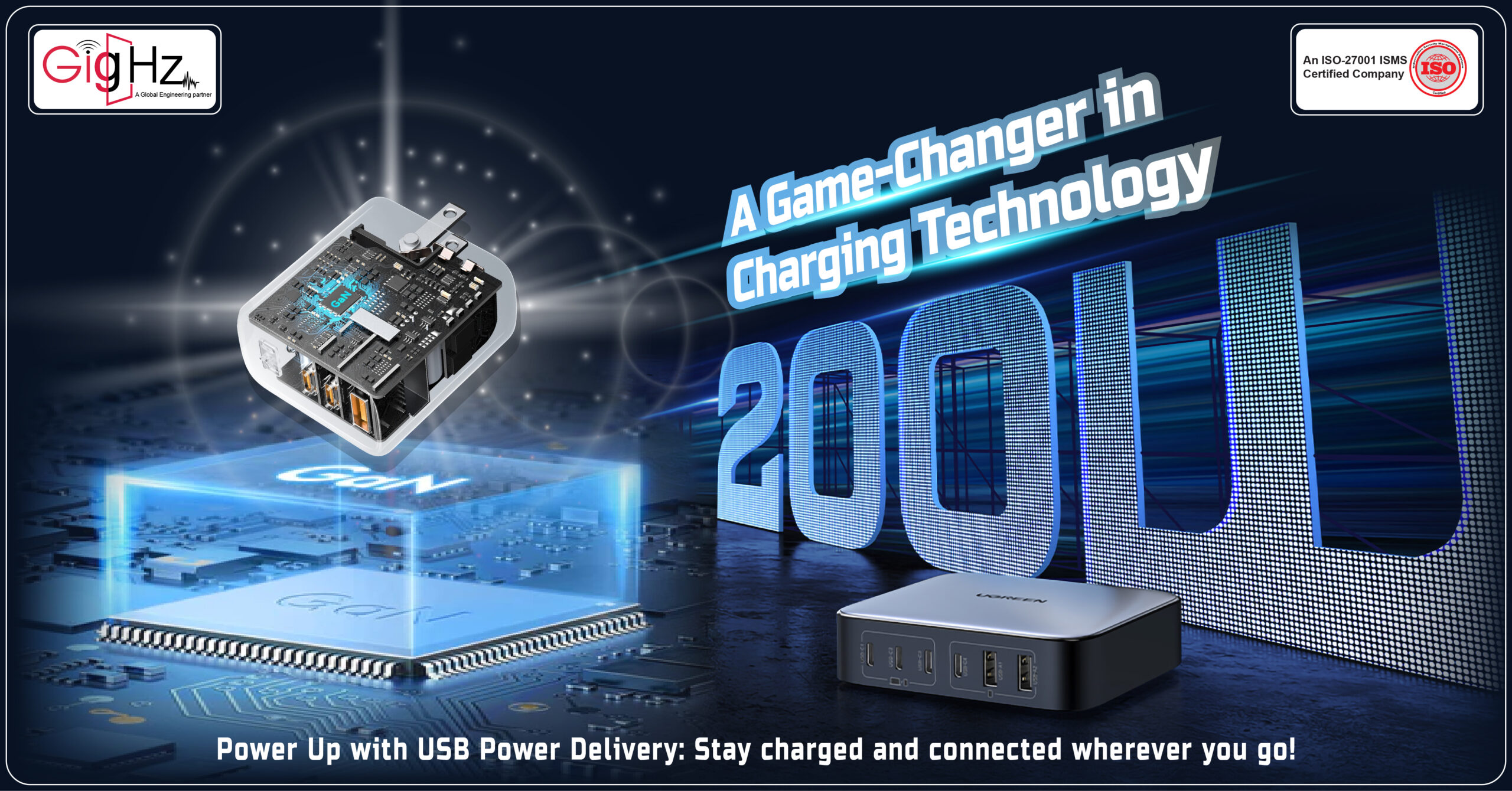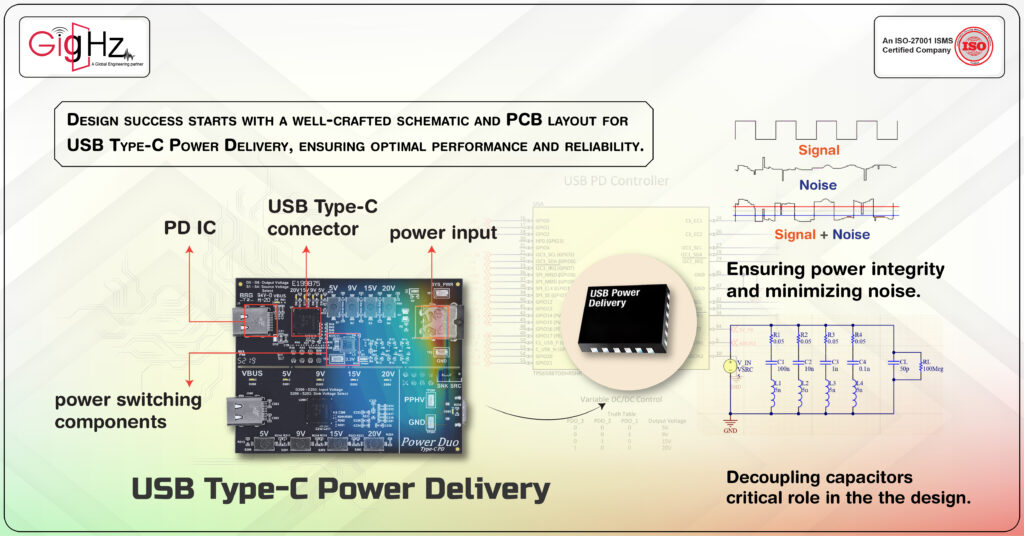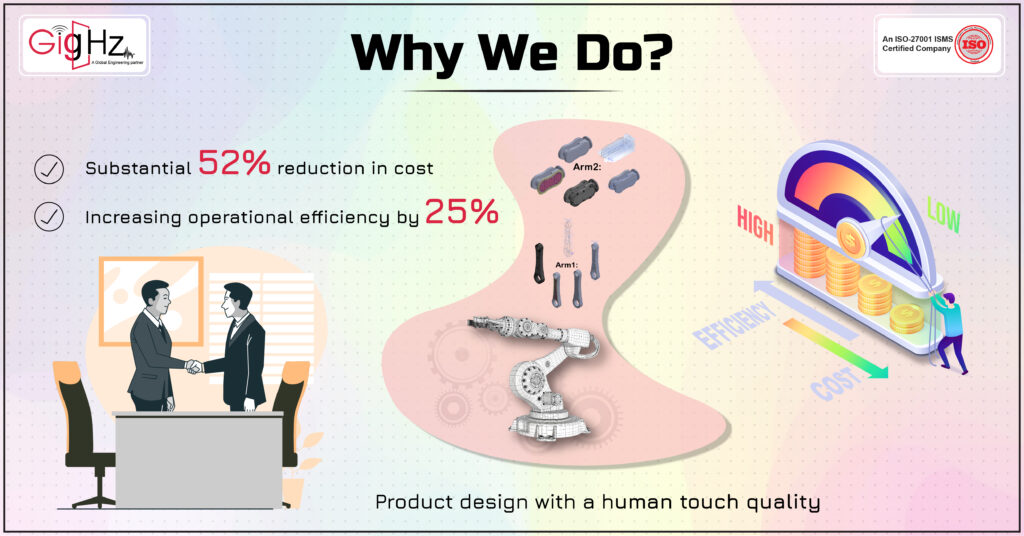A Game-Changer in Charging Technology
Imagine You’re on a road trip, relying on your smartphone for navigation, entertainment, and communication. Suddenly, your battery starts to drain rapidly. Frustration sets in as you desperately search for a power source. But what if there was a way to charge your device rapidly, allowing you to get back on track without any interruptions?

Imagine You’re on a road trip, relying on your smartphone for navigation, entertainment, and communication.
Suddenly, your battery starts to drain rapidly.
Frustration sets in as you desperately search for a power source.
But what if there was a way to charge your device rapidly, allowing you to get back on track without any interruptions? USB PD is the solution you’ve been waiting for!

Category :
Published Date :
December 26, 2023
Category :
Published Date :
December 26, 2023
Category :
Published Date :
December 26, 2023
USB PD is a game-changer in charging technology, offering a host of advantages over traditional charging methods.
It provides faster charging times, increased power delivery capacity, and enhanced compatibility across a wide range of devices.
Whether you’re charging smartphones, tablets, laptops, or even power-hungry gadgets like gaming consoles, USB PD ensures optimal charging efficiency.
But what sets USB Type-C Power Delivery apart from traditional charging methods?
The key lies in its power negotiation capabilities.
Unlike previous USB standards, USB PD allows devices to negotiate their power requirements during the charging process. This means that your device can receive the exact amount of power it needs, ensuring efficient charging.
In addition to its convenience in powering numerous gadgets at once, USB PD has excellent safety features built in; making it the perfect tool for keeping modern electronics safe and efficient.
If you haven’t already made the switch towards adding USB PD into your design plans yet, now is certainly the time!
USB Type-C Power Delivery is here to save the day!
With its ability to provide faster charging speeds, higher power output, and increased compatibility, USB Type-C Power Delivery is a game-changer for hardware designers and tech enthusiasts alike.
So, grab a cup of coffee, sit back, and let’s delve into the fascinating realm of USB Type-C Power Delivery.
In this blog, we will embark on a journey to explore the capabilities and benefits of this revolutionary technology and discover how it can transform your hardware designs
Overview of USB Type-C Power Delivery

So, you’re a tech lover who’s always on the lookout for the latest and greatest charging technology? Then you’ll be happy to know about USB Type-C Power Delivery.
The name itself sounds impressive, but what exactly it is?
Well, it’s a game changer when it comes to charging your various devices. With just one Type-C port, you can connect and charge everything from your phone to your laptop.
But wait, there’s more! For all you PCB designers, implementing USB Type-C Power Delivery is a piece of cake. Plus, it can deliver up to 200W of power, making it a real powerhouse.
Whether you’re a power user or just always on the go, USB Type-C Power Delivery is definitely worth considering. Excited yet?
USB Type-C Power Delivery is the latest and greatest technology when it comes to charging devices. It provides users with a simple and convenient way to charge their devices quickly and efficiently.
With the ability to deliver up to 200W of power, the possibilities are endless. Whether you’re always on the go or you simply need a faster way to charge your devices, USB Type-C Power Delivery is an option worth considering.
Selecting the Perfect PD Controller IC for Your Design Needs

As USB Type-C Power Delivery continues to be integrated into various designs, selecting the appropriate PD controller IC has become increasingly crucial.
Out of the many options on the market, the PD Controller IC has emerged as a popular choice. Capable of supporting the USB PD 3.0 Revision 2.0 standard and delivering up to 200W of power, the PD Controller IC boasts an array of impressive features.
However, when selecting a PD controller IC, it is important to consider your specific design requirements. Factors such as power levels, charging profiles, and communication protocols must all be taken into account to ensure seamless integration.
Ultimately, choosing the right PD controller IC is essential for achieving optimal performance and reliability in your design.
Creating an Effective Schematic and PCB Layout for USB Type-C Power Delivery

When it comes to implementing USB Type-C Power Delivery, having a well-designed schematic and PCB layout is crucial. To streamline the design process, we have created a reference schematic that clearly outlines the necessary connections between the PD IC, USB Type-C connector, power input, power output, and power switching components.
However, simply having a reference schematic is not enough.
Ensuring power integrity and minimizing noise is equally important, which is why decoupling capacitors play a critical role in the performance of the design. With our expertise in designing schematics and PCB layouts, we can provide you with a top-performing USB Type-C Power Delivery system that meets your exact specifications.
Setting Voltage and Current Requirements:
In today’s advanced technological age, setting desired voltage and maximum current requirements is crucial for optimizing performance and ensuring safety.
With the PD IC, this process can be accomplished through two methods: an I²C interface or external strapping resistors. Both options offer distinct advantages and considerations, and it’s important to understand the fine distinction of each.
For instance, configuring via I²C offers more flexibility and ease of use, while external strapping resistors provide greater simplicity and reliability.
Additionally, the PD IC contains a variety of other features, including I²C pins, FLIP pin, and FAULT pin, which can help streamline the configuration process even further. Demonstrating a deep understanding of the intricacies at play, this highly technical topic showcases the importance of precise voltage and current requirements in modern electronics.
Optimal Approaches for PCB Design and Ensuring Power Integrity
In the realm of electronic design, one of the most crucial components of system performance lies in proper printed circuit board (PCB) design and power integrity analysis.
As USB Type-C Power Delivery (PD) continues to gain popularity in the industry, accurate and efficient integration is essential to maximize system performance. To achieve this, it is critical to employ best practices in power interconnect design, trace width selection, thermal relief, and power-handling component placement.
Additionally, a solid ground plane and proficient power integrity analysis are crucial elements for optimal system performance. By mastering these best practices, designers can ensure the successful integration of USB Type-C PD technology with confidence.
Why We Do?

We challenge our Engineering capabilities with emerging technologies to keep your time and cost in control, thereby transforming product design with human touch quality.
Conclusion
With the ubiquity of USB Type-C Power Delivery growing, taking advantage of this powerful technology is essential for maximizing product performance while providing consumers with a sleek and reliable experience.
Now that you have an in-depth understanding of all the necessary steps for successful integration, take the initiative to set your product design apart from the rest.
Adopting these best practices will lead to fewer issues and increased customer satisfaction. And with these tools in your corner, staying on top of cutting-edge charging solutions has never been easier. So don’t be left behind – continue investigating new advancements and deploy them safely in your products.
“Book a Free Consultation “We offer a personal touch and the opportunity to answer any questions you might have.https://calendly.com/gighz/30min
#PCBDesign #ElectronicsTech #ElectronicInnovators #ECADsolutions #NextGenCAD


